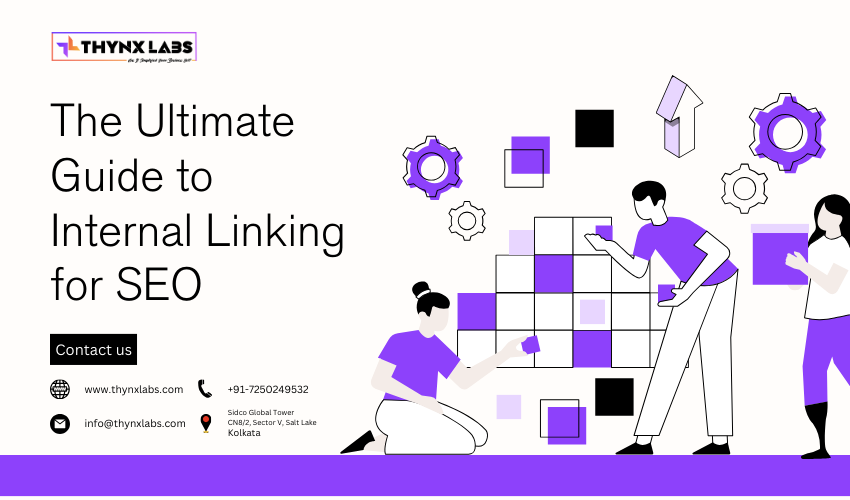Internal Links and Best Practices for SEO
Introduction
Internal linking is a critical component of on-page SEO, significantly impacting website performance and user experience. This article delves into the role of internal links and offers seven best practices to optimize your internal linking strategy.
What Are Internal Links?
Internal links are hyperlinks that connect one page of your website to another. Unlike external links, which link to pages on other websites, internal links help users navigate your site and distribute page authority and ranking power.
Internal Links vs. External Links
Internal links keep users on your site and help search engines understand the structure and hierarchy of your content. External links, on the other hand, link to other websites and can enhance your site’s credibility and authority.
Importance of Internal Links for SEO
- Establishes Content Relations
Internal links signal to Google the relationships between various pages and topics on your site. This can help elevate the ranking of linked pages by demonstrating their relevance and value.
- Enhances User Experience
By providing easy navigation through internal links, you ensure visitors can find related content quickly, improving their overall experience and increasing the time they spend on your site.
- Increases Rankings
Pages with numerous internal links are often perceived as high-value by Google, which can boost their search engine rankings.
- Shares Link Value
Google shares link value between all links on your site, with the homepage typically holding the most value. Linking content to the homepage can enhance the linked pages’ authority.
- Boosts Indexing
Proper internal linking encourages Google to crawl and index your pages more thoroughly, which can improve your site's visibility in search results.
- Drives Conversions
Strategically placed internal links can guide users towards conversion points, such as product pages or contact forms, enhancing your site's ability to convert visitors into customers.
Types of Internal Links
Navigational Links
These links, found in menus and sidebars, help users navigate your site and find essential pages quickly.
Contextual Links
Placed within the body of your content, contextual links guide users to related topics, enhancing their understanding and engagement.
Footer Links
These links appear at the bottom of the page, offering additional navigation options and linking to important pages like privacy policies or contact information.
Breadcrumb Links
Breadcrumb links show users their navigation path, helping them understand their location within the site’s structure.
7 SEO Best Practices for Internal Link Building
- Easy Navigation
Ensure your website structure allows users to find important pages within a few clicks. This improves user experience and site performance.
- Link High-Value Pages
Connect high-authority pages with those that need a ranking boost. This helps distribute link equity and improve the overall SEO value of your site.
- Audit Internal Links
Regularly check for broken or incomplete links to ensure smooth navigation and optimal SEO performance.
- Reduce Page Depth
Minimize the number of clicks needed to reach important pages from the homepage to ensure better indexing by search engines.
- Use Clear Anchor Texts
Ensure anchor texts are descriptive and relevant to encourage clicks and improve the understanding of linked content by search engines.
- Place Contextual Links in Content
Embed links within the main body of your content to increase their value and relevance in the eyes of search engines.
- Avoid Overstuffing
Limit the number of internal links per page to maintain a clean, user-friendly structure and avoid being flagged as spam by search engines.
Conclusion
Effective internal linking is a powerful tool for enhancing SEO, improving user experience, and boosting conversions. By following these best practices, you can create a robust internal linking strategy that supports your overall SEO goals.


